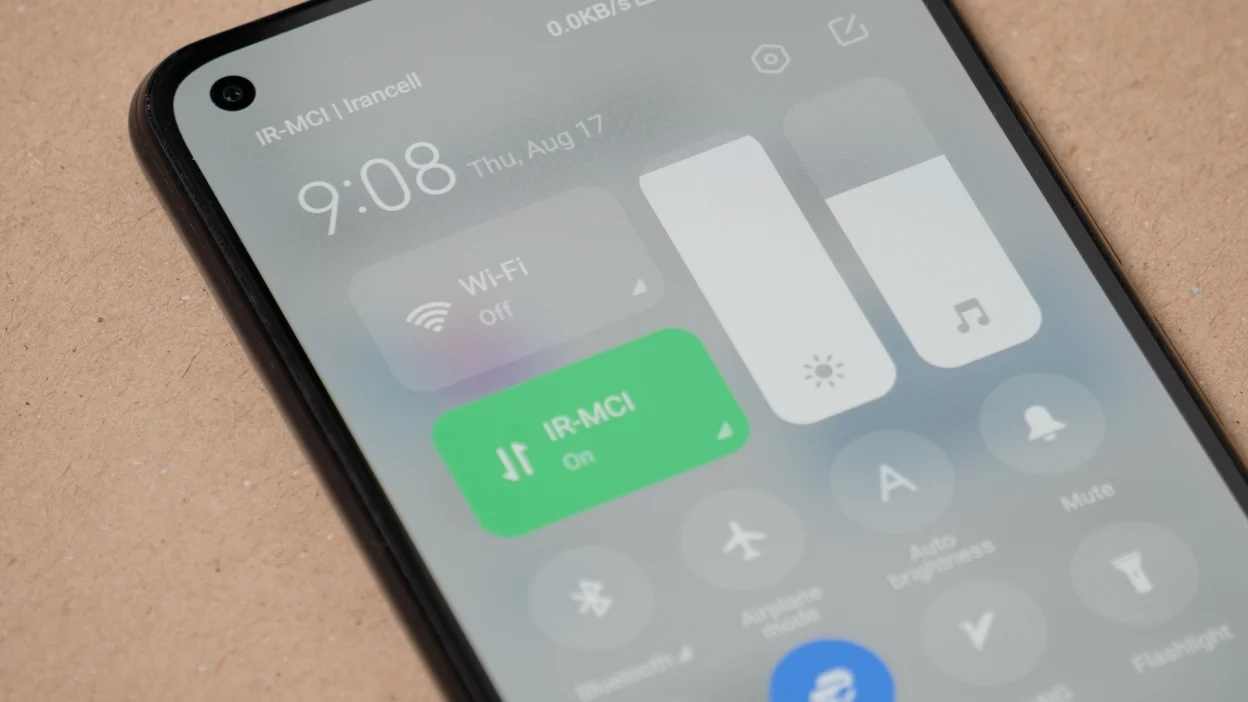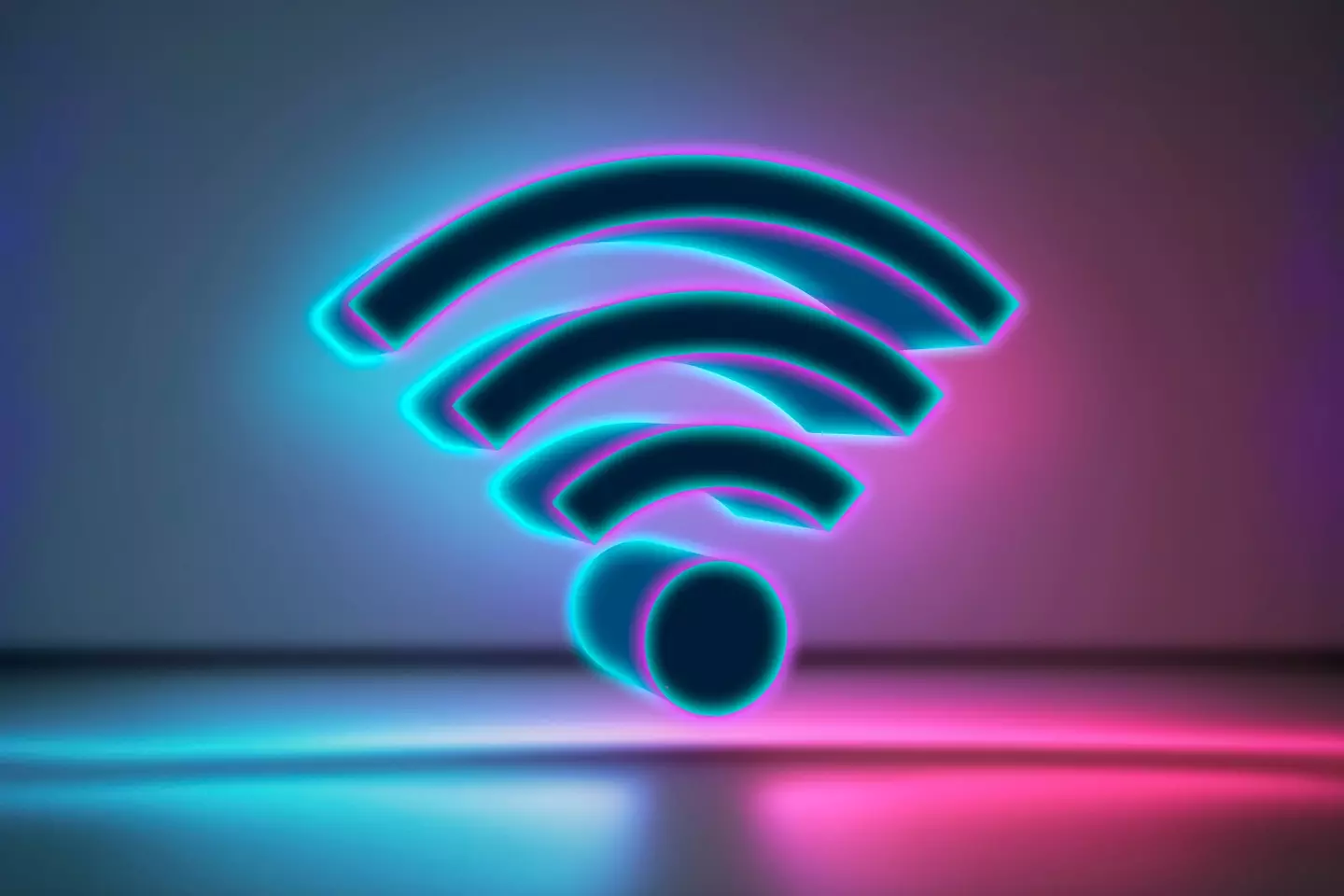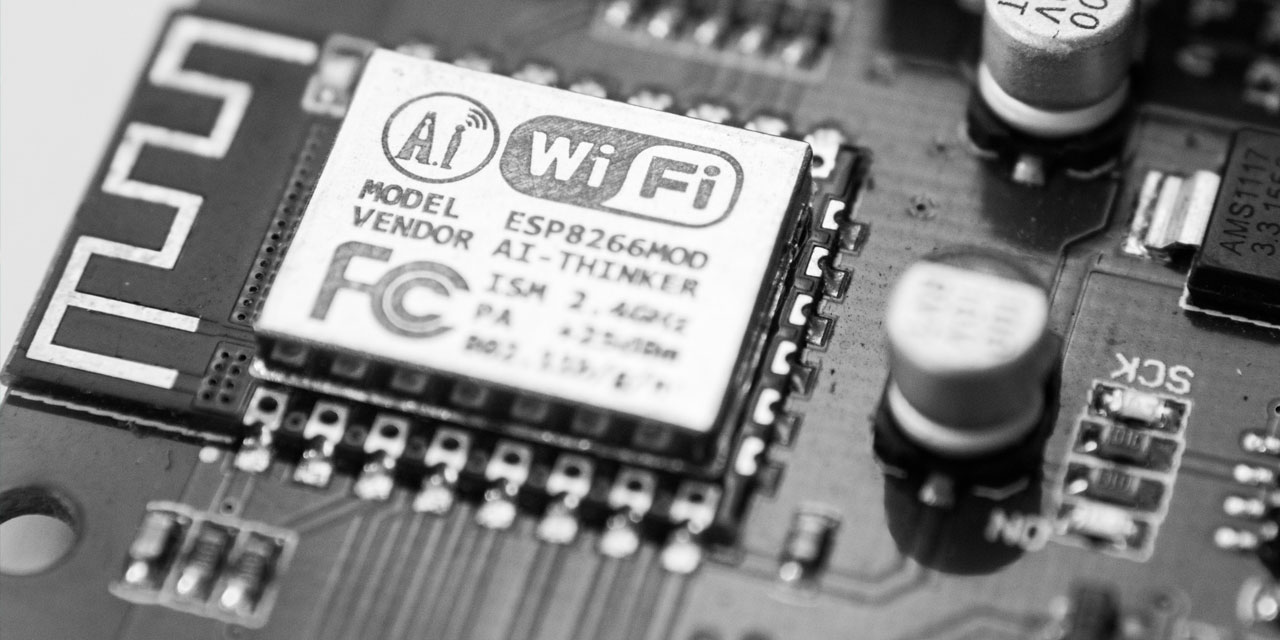In today’s digital age, where a staggering 66 percent of the global population (that’s 5.35 billion people!) relies on WiFi for everything from remote work to social media browsing, it’s astounding how little we know about the term that connects us to the world. Despite its ubiquity, the true essence of WiFi remains shrouded in mystery for many.

A Common Misconception Demystified
The term “WiFi” evokes images of wireless access and endless streams of data connecting us across continents. It’s easy to assume that WiFi, much like its auditory cousin Hi-Fi (high fidelity), must stand for something equally descriptive—wireless fidelity, perhaps?
This notion seems plausible, even logical to the layperson. Yet, the truth about Wireless Fidelity’s nomenclature is as surprising as it is straightforward. WIFI represents Wireless Fidelity which is a remote innovation standard for remote Web access. It is utilized as a swap for link associations and different kinds of wires.
Phil Belanger, a founding member of the Wi-Fi Alliance, dispels all myths succinctly: “Wi-Fi doesn’t stand for anything. It is not an acronym. There is no meaning.” This revelation often leaves many scratching their heads—how did such a foundational aspect of our daily lives come to have a name that means, quite literally, nothing?

The Birth of a Brand: WiFi’s Origin Story
The journey to naming WiFi began not in a laboratory brimming with gadgets, but within the creative confines of a marketing firm.
asked with branding a technical standard known rather dryly as IEEE 802.11, the firm Interbrand was charged with crafting a name that would stick in the public consciousness. The challenge was to transform a technical term into something catchy, memorable, and approachable.
Interbrand’s strategy leveraged the familiar concept of Hi-Fi. “We proposed the name Wi-Fi, as customers told us that its similarities to the already widely understood concept, hi-fi, helped them grasp the concept,” explained a representative from Interbrand.
The clever play on words suggested a wireless fidelity without explicitly saying so, easing the public into adopting and using the technology without needing to understand the technicalities.

Overcoming Branding Challenges
The inclusion of the misleading tagline “The Standard for Wireless Fidelity” alongside the WiFi name was a compromise, born out of necessity rather than accuracy. Belanger sheds light on the internal conflicts that led to this decision: “The only reason that you hear anything about Wireless Fidelity is some of my colleagues in the group were afraid.
They didn’t understand branding or marketing. They could not imagine using the name Wi-Fi without having some sort of literal explanation.”
This tagline was eventually dropped, allowing Wireless Fidelity to stand alone, a testament to the power of branding over literal accuracy. Today, WiFi is more than just a means of connection; it’s a gateway to global interaction, a facilitator of infinite possibilities in the digital realm.

A Name That Means Everything and Nothing
So, while WiFi might not stand for anything, its impact is undeniable. It connects us, empowers us, and continues to be integral to our daily digital interactions. In the grand tapestry of technological advancements, Wireless Fidelity is a prime example of how a simple name can become a ubiquitous part of our everyday lexicon.
Next time you connect to a WiFi network, remember the journey this nondescript term has taken from a marketing brainstorm to a cornerstone of modern communication.










